 Relics from Zhaoguo Cave site, Gui'an New Area, Guizhou province. (PHOTO / CHINA CULTURAL RELICS NEWS)
Relics from Zhaoguo Cave site, Gui'an New Area, Guizhou province. (PHOTO / CHINA CULTURAL RELICS NEWS)
China's Top 10 New Archaeological Discoveries of 2020 were unveiled on Tuesday.
Dubbed the "Oscars of Chinese archaeology", the annual awards have been bestowed since 1990, and are one of the most anticipated events promoting new archaeological findings among the public.
The 10 award winners stood out from 20 candidates after the final round of appraisals, lasting from Monday to Tuesday morning.
ALSO READ: Cutting-edge technology deployed to decode relics' riddles
The 21-person judging panel featuring the country's top-tier archaeological scholars was organized by China Cultural Relics News.
Here are the top 10 discoveries:
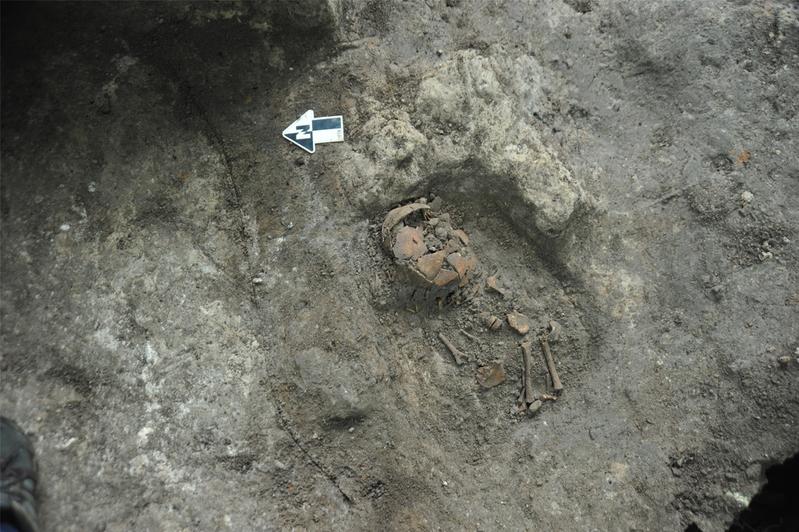 Zhaoguo Cave site, Gui'an New Area, Guizhou province. (PHOTO / CHINA CULTURAL RELICS NEWS)
Zhaoguo Cave site, Gui'an New Area, Guizhou province. (PHOTO / CHINA CULTURAL RELICS NEWS)
1. Zhaoguo Cave site, Gui'an New Area, Guizhou province
Paleolithic to Neolithic period dating back 45,000 to 12,000 years
The findings provide key clues to studying the living conditions of hunter-gatherers of Southwest China in the Pleistocene Epoch, and offer one of the most abundant discoveries in China that indicate the early-stage usage of fire.
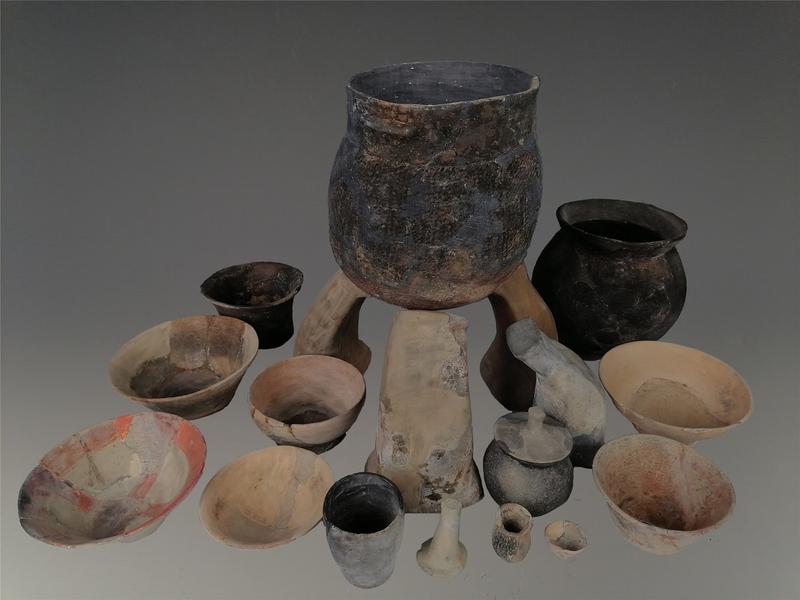 Relics from Jingtoushan shell mound site, Yuyao, Zhejiang province. (PHOTO / CHINA CULTURAL RELICS NEWS)
Relics from Jingtoushan shell mound site, Yuyao, Zhejiang province. (PHOTO / CHINA CULTURAL RELICS NEWS)
2. Jingtoushan shell mound site, Yuyao, Zhejiang province, dating back 8,000 years
It is one of the largest and oldest prehistoric shell mounds in China ever excavated, and also offers crucial clues to study environmental change in coastal areas.
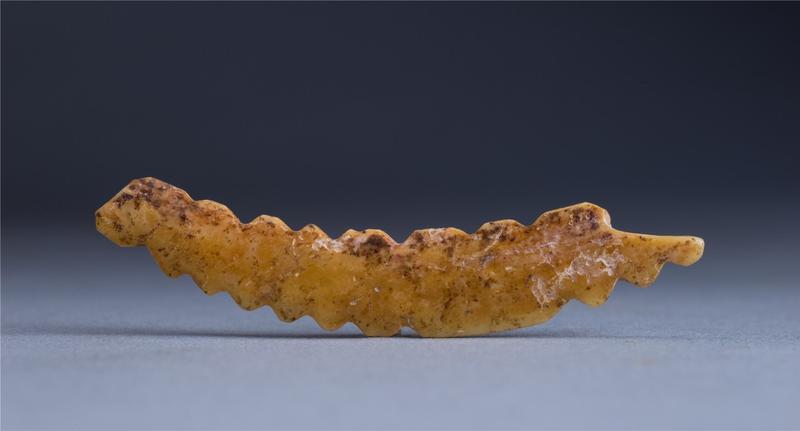 A jade silkworm from Shuanghuaishu heritage site, Gongyi, Henan province. (PHOTO / CHINA CULTURAL RELICS NEWS)
A jade silkworm from Shuanghuaishu heritage site, Gongyi, Henan province. (PHOTO / CHINA CULTURAL RELICS NEWS)
3. Shuanghuaishu heritage site, Gongyi, Henan province (dating back for 5,300 years)
It was the highest-level residential complex of its time found along the middle and lower reaches of the Yellow River, filling a gap in the research of the origins of Chinese civilization. A highlight among the unearthed artifacts is a jade sculpture of a silkworm.
 Shizhuang heritage site, Zhoukou, Henan province. (PHOTO / CHINA CULTURAL RELICS NEWS)
Shizhuang heritage site, Zhoukou, Henan province. (PHOTO / CHINA CULTURAL RELICS NEWS)
4. Shizhuang heritage site, Zhoukou, Henan province, 2000 to 1700 BC
The site is the earliest-known evidence of a fortified city of barns in China, which is an exceptional reference to study early-stage managing systems for food supply in ancient China.
 Xuyang graveyard site, Yichuan county, Luoyang, Henan province. (PHOTO / CHINA CULTURAL RELICS NEWS)
Xuyang graveyard site, Yichuan county, Luoyang, Henan province. (PHOTO / CHINA CULTURAL RELICS NEWS)
5. Xuyang graveyard site, Yichuan county, Luoyang, Henan province, Eastern Zhou Dynasty
The graveyard shows mixture of rituals of Central China and other ethnic groups in the west of China today, reflecting how different cultures exchanged with each other at time of an inclusive atmosphere of Chinese civilization.
 A relic from Sangsdar Lungmgo graveyard site, Zanda county, Ngari prefecture, Tibet autonomous region. (PHOTO / CHINA CULTURAL RELICS NEWS)
A relic from Sangsdar Lungmgo graveyard site, Zanda county, Ngari prefecture, Tibet autonomous region. (PHOTO / CHINA CULTURAL RELICS NEWS)
6. Sangsdar Lungmgo graveyard site, Zanda county, Ngari prefecture, Tibet autonomous region, 4th century BC--7th century AD
As a key finding of early-stage history of Tibet, it shows frequent communication among the region with the area to the south of Himalayas as well as today's Central China and Xinjiang.
 No 2 pit of Tushan Tomb, Xuzhou, Jiangsu province. (PHOTO / CHINA CULTURAL RELICS NEWS)
No 2 pit of Tushan Tomb, Xuzhou, Jiangsu province. (PHOTO / CHINA CULTURAL RELICS NEWS)
7. No 2 pit of Tushan Tomb, Xuzhou, Jiangsu province. Eastern Han Dynasty (25 to 220)
The finding of a vassal king is of great academic significance for mausoleum archaeology in China and studies of the evolution of ancient Chinese tombs.
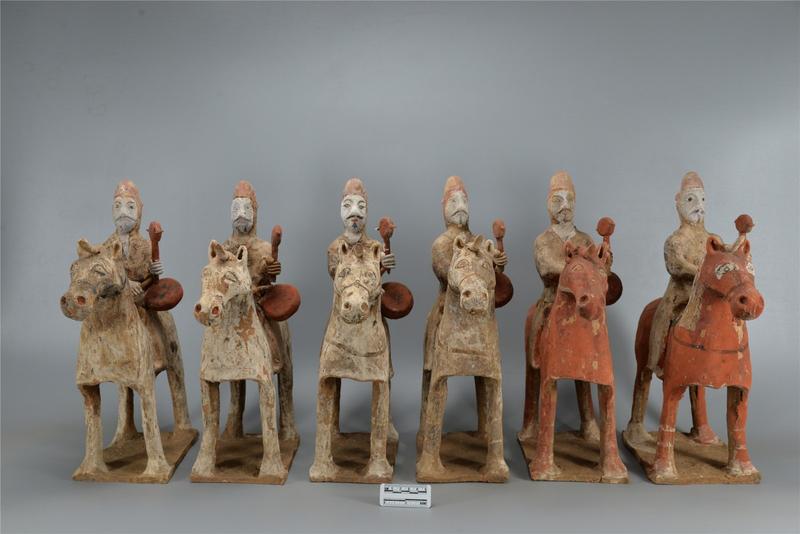 Pottery figurines from Shaolingyuan tombs site, Xi'an, Shaanxi province. (PHOTO / CHINA CULTURAL RELICS NEWS)
Pottery figurines from Shaolingyuan tombs site, Xi'an, Shaanxi province. (PHOTO / CHINA CULTURAL RELICS NEWS)
8. Shaolingyuan tombs site, Xi'an, Shaanxi province, Sixteen Kingdoms period (304-409)
Unearthed high level tombs with a rich cache of pottery figurines and burial objects show a mixture of Han Chinese culture and those of other ethnic groups.
 Relics from Reshui graveyard site, Dulan county, Haixi Mongolian-Tibetan autonomous prefecture, Qinghai province. (PHOTO / CHINA CULTURAL RELICS NEWS)
Relics from Reshui graveyard site, Dulan county, Haixi Mongolian-Tibetan autonomous prefecture, Qinghai province. (PHOTO / CHINA CULTURAL RELICS NEWS)
9. Reshui graveyard site, Dulan county, Haixi Mongolian-Tibetan autonomous prefecture, Qinghai province, Tang Dynasty (618-907)
New discoveries in the Xuewei No 1 Tomb at the site further unveil cultural communication between Tang and other regions inhabited by non-Han ethnic groups and offer clues on studies on the Silk Road.
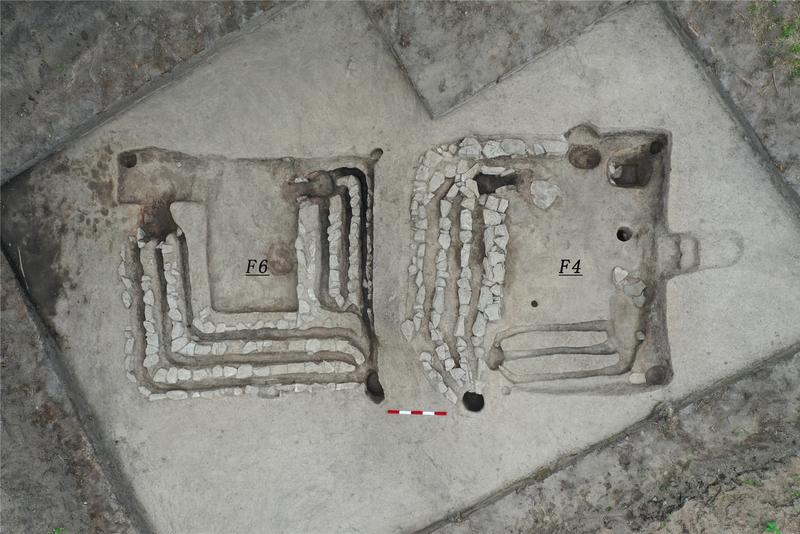 Mopancun city ruins, Tumen, Jilin province. (PHOTO / CHINA CULTURAL RELICS NEWS)
Mopancun city ruins, Tumen, Jilin province. (PHOTO / CHINA CULTURAL RELICS NEWS)
10. Mopancun city ruins, Tumen, Jilin province, Early 13th century
The ruins up on the mountain were proven to be the capital city of the regional regime of Dongxia, which existed from the Jin (1115-1234) to Yuan (1271-1368) dynasties.
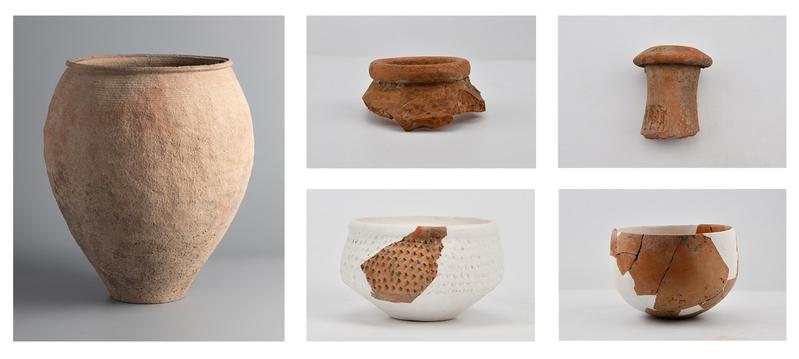 Potteries from Shicun heritage site, Xiaxian county, Yuncheng, Shanxi province. (PHOTO / CHINA CULTURAL RELICS NEWS)
Potteries from Shicun heritage site, Xiaxian county, Yuncheng, Shanxi province. (PHOTO / CHINA CULTURAL RELICS NEWS)
The other discoveries include:
Shicun heritage site, Xiaxian county, Yuncheng, Shanxi province, dating back 6,000 years
The site provides the earliest evidence of construction built via rammed earth along Yellow River. The oldest stone carving pieces showing the silkworm chrysalis were also excavated, which may reveal that local residents had already grasped silkworm-breeding techniques.
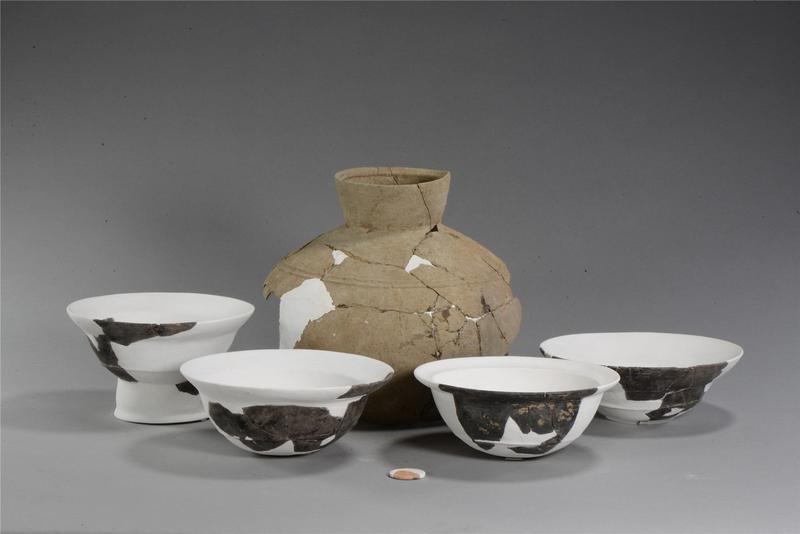 Potteries from Qixingdun heritage site, Huarong county, Yueyang Hunan province. (PHOTO / CHINA CULTURAL RELICS NEWS)
Potteries from Qixingdun heritage site, Huarong county, Yueyang Hunan province. (PHOTO / CHINA CULTURAL RELICS NEWS)
Qixingdun heritage site, Huarong county, Yueyang Hunan province, dating back 5,000 to 4,000 years
The finding offers important materials to study the construction and development of early-stage cities as well as formations of ritual systems in the middle reaches of the Yangtze River. A rare example of a lacquered bowl of its time was found, showing highly developed techniques.
 Guoyuanzui heritage site, Wuhan, Hebei province. (PHOTO / CHINA CULTURAL RELICS NEWS)
Guoyuanzui heritage site, Wuhan, Hebei province. (PHOTO / CHINA CULTURAL RELICS NEWS)
Guoyuanzui heritage site, Wuhan, Hebei province, Shang Dynasty (c. 16th to 11th century BC)
The finding of a bronze ware workshop provides new clues to study how Shang culture influenced the middle reaches of the Yangtze River and how local culture and its counterparts from Central China mix in the region.
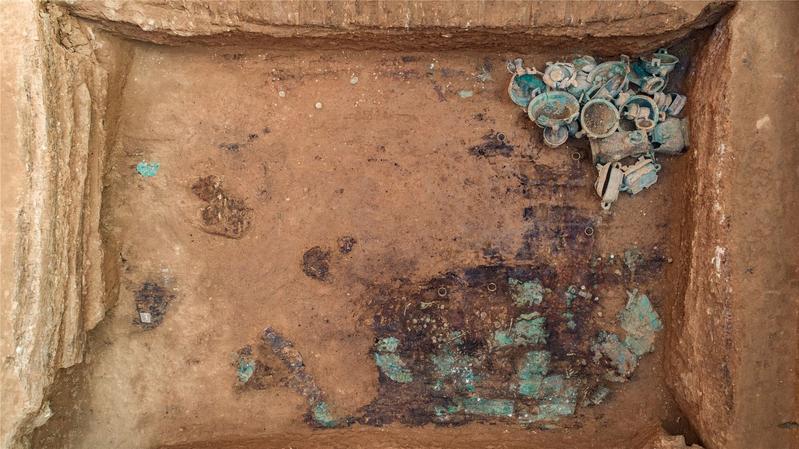 Beibai'e graveyard site, Huanqu county, Yuncheng, Shanxi province. (PHOTO / CHINA CULTURAL RELICS NEWS)
Beibai'e graveyard site, Huanqu county, Yuncheng, Shanxi province. (PHOTO / CHINA CULTURAL RELICS NEWS)
Beibai'e graveyard site, Huanqu county, Yuncheng, Shanxi province, Western Zhou (c.11th to 771 BC) to Eastern Zhou (770 to 256 BC) dynasties.
Abundant discoveries of bronze wares with inscriptions leave key information to study burial rituals and political systems of both Zhou dynasties.
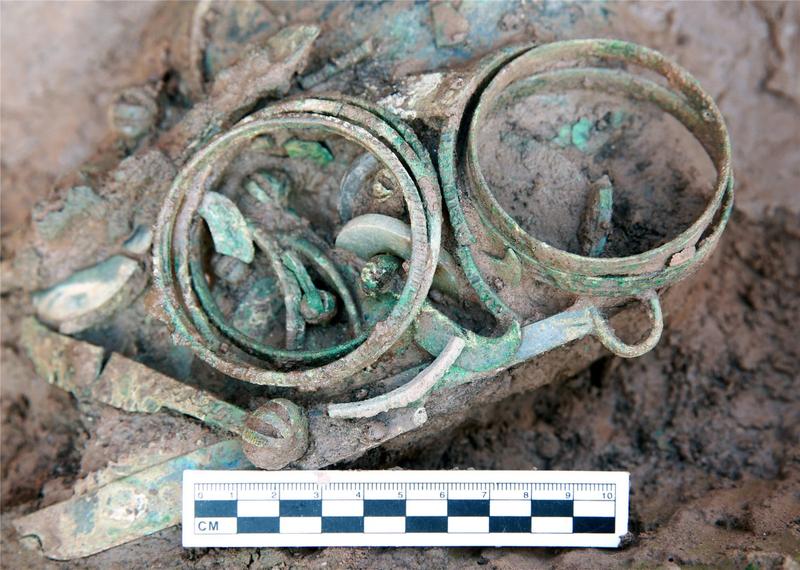 Relics from Luojiaba heritage site, Xuanhan county, Dazhou, Sichuan province. (PHOTO / CHINA CULTURAL RELICS NEWS)
Relics from Luojiaba heritage site, Xuanhan county, Dazhou, Sichuan province. (PHOTO / CHINA CULTURAL RELICS NEWS)
Luojiaba heritage site, Xuanhan county, Dazhou, Sichuan province, Eastern Zhou Dynasty
The newly found burial objects and oracle bones in a graveyard feature typical characteristics of Ba culture, a flourishing but lost ancient civilization in the east of Sichuan.
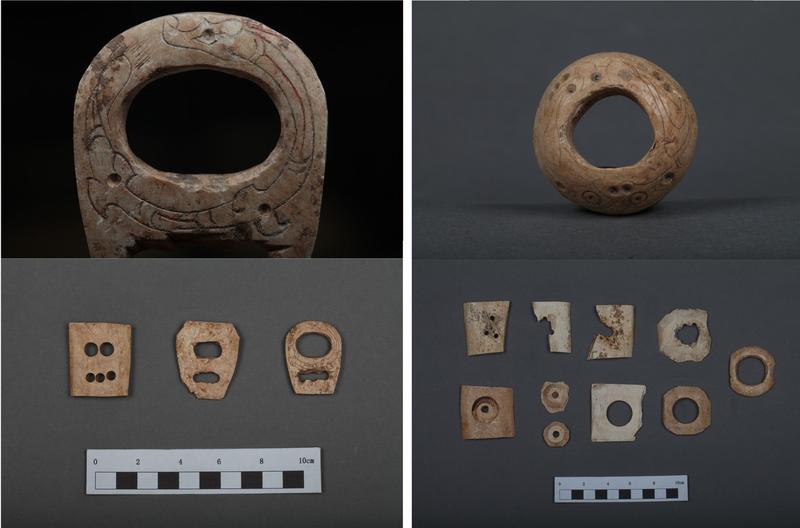 Relics from Xianyang city ruins site, Xixian New Area, Shaanxi province. (PHOTO / CHINA CULTURAL RELICS NEWS)
Relics from Xianyang city ruins site, Xixian New Area, Shaanxi province. (PHOTO / CHINA CULTURAL RELICS NEWS)
Xianyang city ruins site, Xixian New Area, Shaanxi province, Qin Dynasty (221-207 BC)
New excavations on the ruins of the capital of the Qin empire further unveil the layout of the mighty city and how Qin Shihuang ruled in his capital city through more clues on handicraft workshops, residential communities and government facilities.
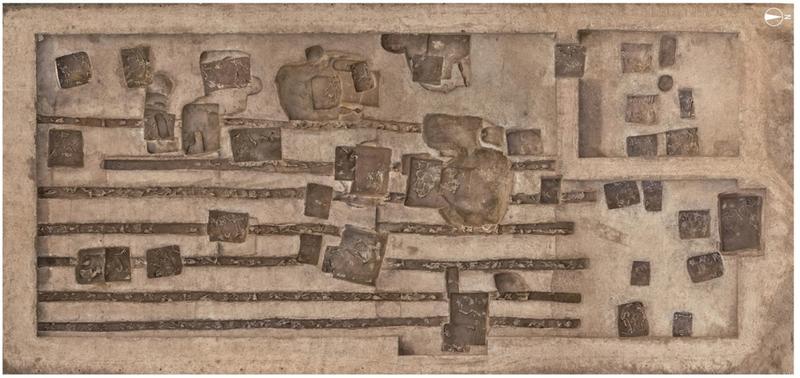 Xiazhan sacrificial site, Baoji, Shaanxi province. (PHOTO / CHINA CULTURAL RELICS NEWS)
Xiazhan sacrificial site, Baoji, Shaanxi province. (PHOTO / CHINA CULTURAL RELICS NEWS)
Xiazhan sacrificial site, Baoji, Shaanxi province, Qin to Western Han (206 BC to AD 24) dynasties
The finding offers crucial reference for studies of sacrificial ceremonies for the God of Heaven to match with some historical legends.
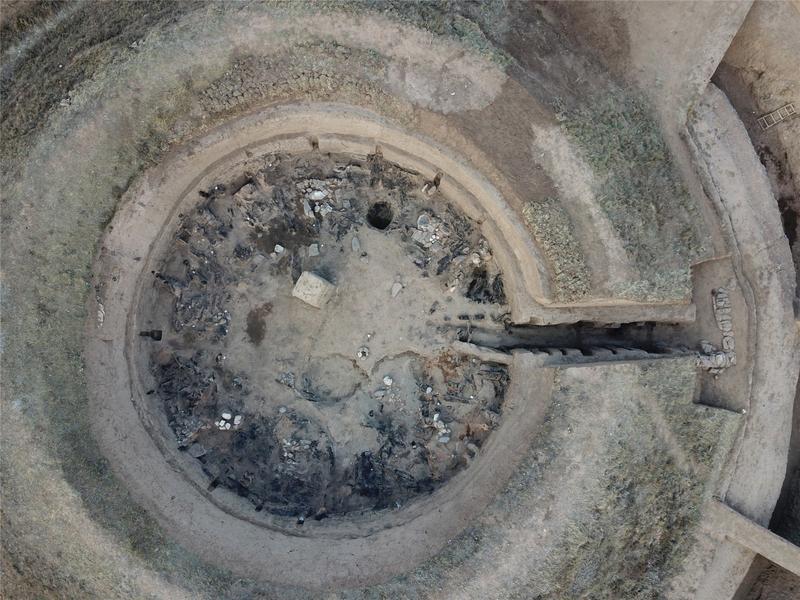 Bading sacrificial site, Wuchuan county, Hohhot, the Inner Mongolia autonomous region. (PHOTO / CHINA CULTURAL RELICS NEWS)
Bading sacrificial site, Wuchuan county, Hohhot, the Inner Mongolia autonomous region. (PHOTO / CHINA CULTURAL RELICS NEWS)
Bading sacrificial site, Wuchuan county, Hohhot, the Inner Mongolia autonomous region, Northern Wei Dynasty (386-534)
It fills a gap in archaeological findings of its time, indicating ruins related to heaven-worshipping ceremonies. It shows an uninterrupted tradition among ancient Chinese rulers to sacrifice for the heavens, which is also seen in the Temple of Heaven in Beijing today.
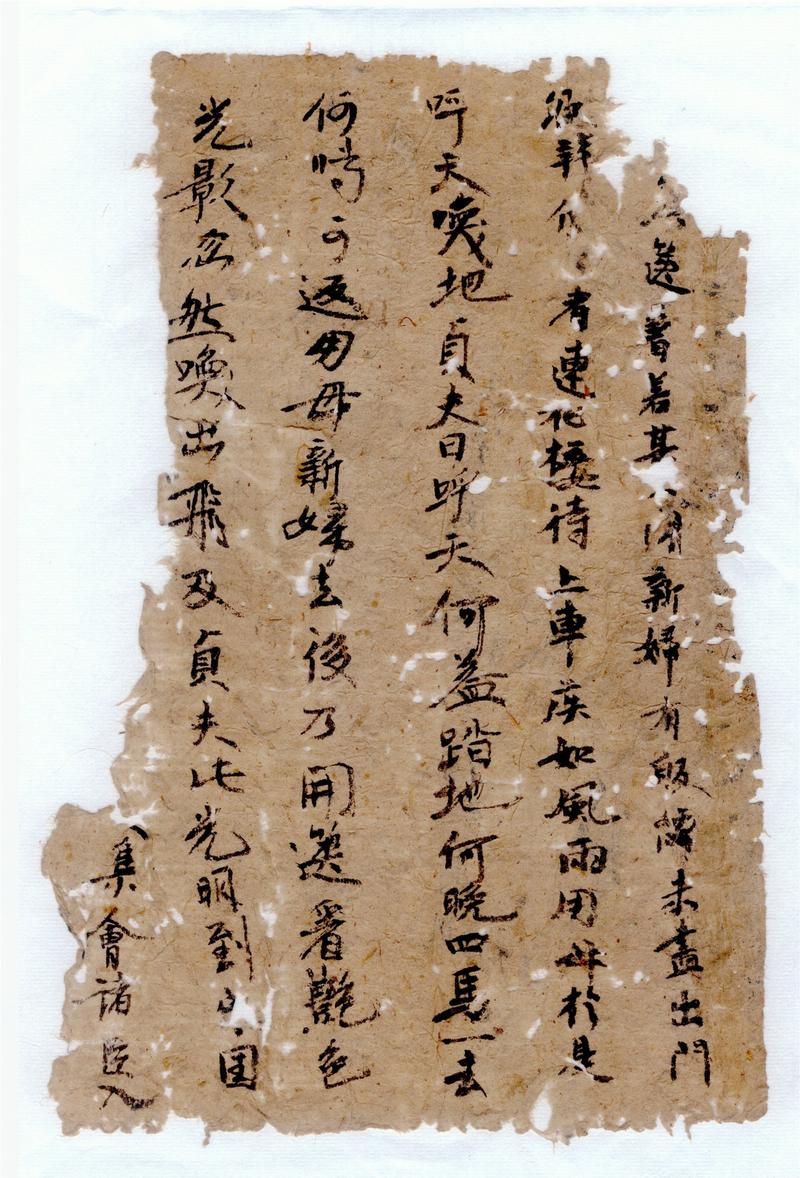 A relic from Kiyakkuduk beacon ruins, Yuli county, Xinjiang Uygur autonomous region. (PHOTO / CHINA CULTURAL RELICS NEWS)
A relic from Kiyakkuduk beacon ruins, Yuli county, Xinjiang Uygur autonomous region. (PHOTO / CHINA CULTURAL RELICS NEWS)
Kiyakkuduk beacon ruins, Yuli county, Xinjiang Uygur autonomous region, Tang Dynasty
The new findings of the beacons, which were military frontier posts, unveil how soldiers lived and showed evidence of how the Tang Dynasty governed the area through unearthed precious manuscripts and documents.
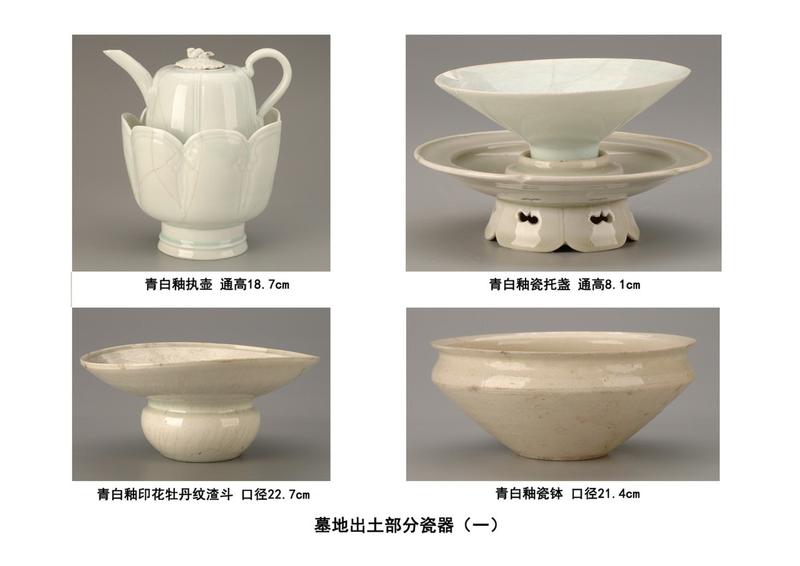 Porcelain from Buli family graveyard site, Changfeng county, Hefei, Anhui province. (PHOTO / CHINA CULTURAL RELICS NEWS)
Porcelain from Buli family graveyard site, Changfeng county, Hefei, Anhui province. (PHOTO / CHINA CULTURAL RELICS NEWS)
Buli family graveyard site, Changfeng county, Hefei, Anhui province, Song Dynasty (960-1279)
Other than abundant unearthed burial objects, a structure resembling wooden architecture was found within the tomb, which offers a precious and well-reserved example for studies of Song Dynasty architecture.


